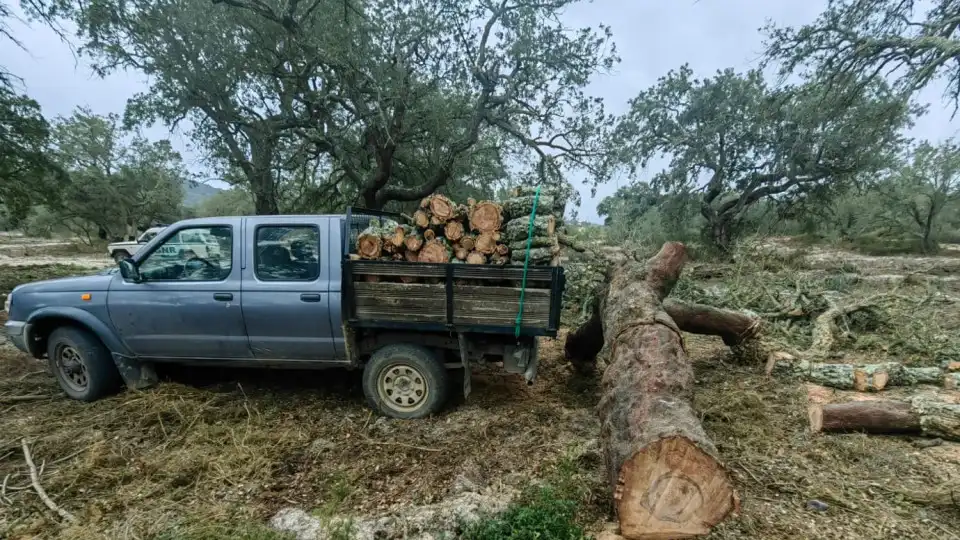In a note sent to the Lusa agency, Quercus explained that it participated in the public consultation for the new Individualized Temporary Storage (ATI-100) of the Spanish nuclear power plant. Through this consultation, they presented alternative suggestions to the proposal made by the project’s promoting entity, Empresa de Centrales Nucleares Almaraz-Trillo (CNAT).
“We advocate that the Portuguese Environment Agency issue an opinion requesting a definitive alternative for nuclear waste,” they stated.
The ATI-100 is an intermediate step in Spain’s 7th Radioactive Waste Plan. According to the project, a definitive solution, which would be a Deep Geological Repository (AGP), will not be found before 2073.
“We consider that an alternative to what is proposed [ATI-100] is necessary. It is necessary to accelerate the availability of the AGP, setting in motion as soon as possible the complex political, social, and technical process that leads to a less bad solution, since the problem of high-level radioactive waste cannot be addressed without risks or damages,” Quercus summarized.
Regarding what is currently being analyzed, the environmentalists emphasized that “situations such as the possible installation of a Decentralized Temporary Storage (ATD) should be foreseen now, and whether the installation of the ATI-100 could compromise the ATD.”
“There should not be, therefore, a subsequent independent Environmental Impact Study as indicated in the document now under discussion,” they questioned.
They also added that the document under analysis “does not contemplate the possibility of a serious or catastrophic accident,” a risk that, according to Quercus, “should be taken into account.”
“The waste management plan shows that nuclear energy is expensive, dirty, and dangerous. We have been fighting for many years with the Iberian Anti-Nuclear Movement (MIA) for the closure of the Almaraz nuclear power plant, which constitutes a danger to Spain and also to Portugal,” they concluded.
In August, the APA announced the ongoing public consultation (until the end of the month) for the construction of a new storage facility at the Almaraz nuclear power plant to store highly radioactive waste 100 kilometers from the Portuguese border.
The environmentalists stressed that the best management of nuclear waste is not to generate it, so they advocate for the closure of all nuclear power plants.
The Almaraz plant is located next to the Tagus River and borders the Portuguese districts of Castelo Branco and Portalegre, with Vila Velha de Ródão being the first Portuguese town bathed by the Tagus after the river enters Portugal.
In operation since 1981 (commercial operation since 1983), the plant is located in a seismic risk zone and only 110 kilometers in a straight line from the Portuguese border.
The Spanish government renewed the operating license for Groups I and II of the Almaraz plant in July 2020, extending it until November 1, 2027, and October 31, 2028, respectively.
In June, the Spanish public company Enresa, responsible for radioactive waste management, announced the start of the tender process for engineering services aimed at dismantling the Almaraz nuclear power plant, located in the province of Cáceres.
The owners of the Almaraz plant are Iberdrola (53%), Endesa (36%), and Naturgy (11%).









